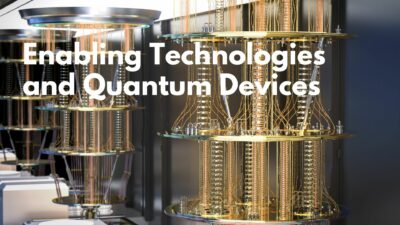NIST has selected HQC as the fifth algorithm for post-quantum encryption, serving as a backup to its previously standardized ML-KEM algorithm. Both are designed to protect data from future quantum computer attacks, which could break current encryption methods. HQC uses error-correcting codes, a different mathematical approach than ML-KEM, which is based on structured lattices. While HQC requires more computing resources, it offers a secure alternative in case ML-KEM becomes vulnerable. NIST plans to release a draft standard for HQC in about a year, with final approval expected by 2027.
The selection of HQC follows years of research by NIST’s Post-Quantum Cryptography project, which aims to future-proof digital security against quantum threats. Alongside ML-KEM and other algorithms, HQC will help organizations protect sensitive data, including internet traffic and financial records. NIST has already released standards for three other post-quantum algorithms, and organizations are beginning to adopt them. A draft guideline for implementing key encapsulation mechanisms like HQC and ML-KEM is also available, helping ensure secure deployment of these new encryption methods.
Keywords: quantum-resistant encryption, ML-KEM, HQC



